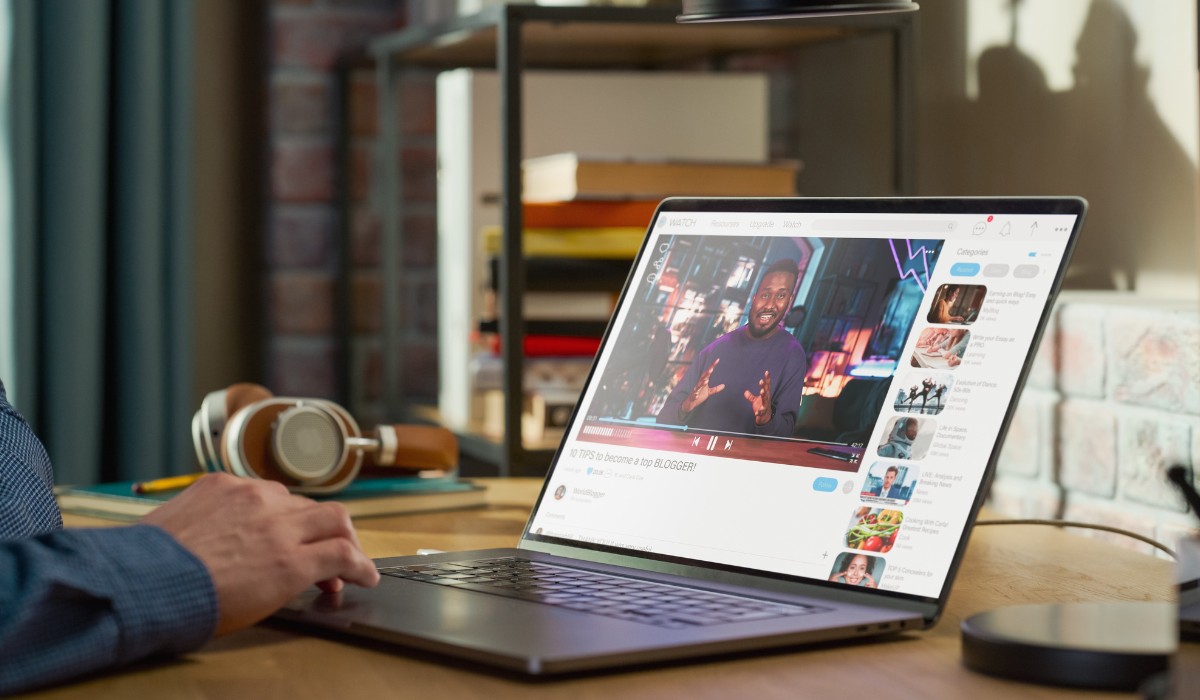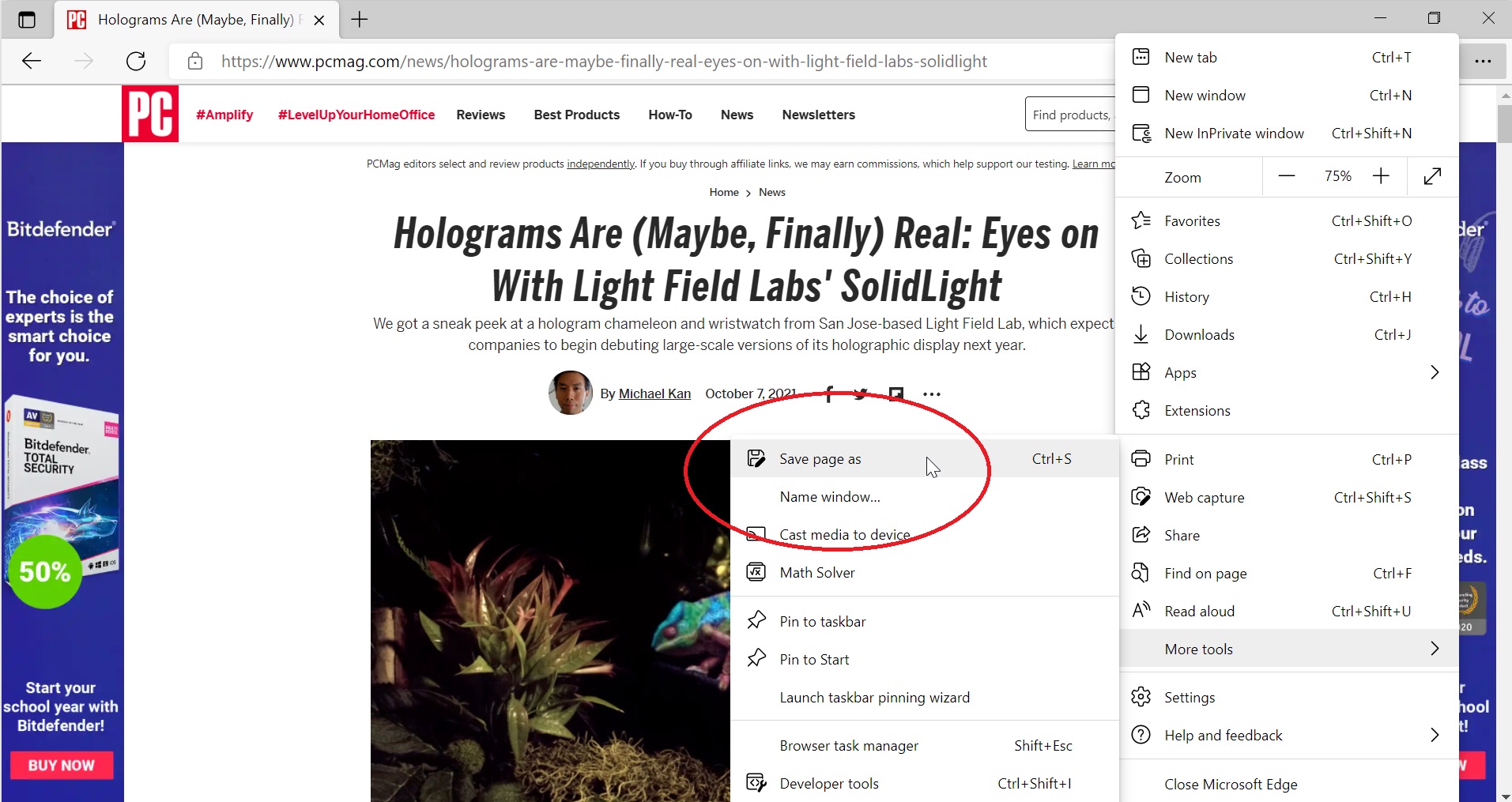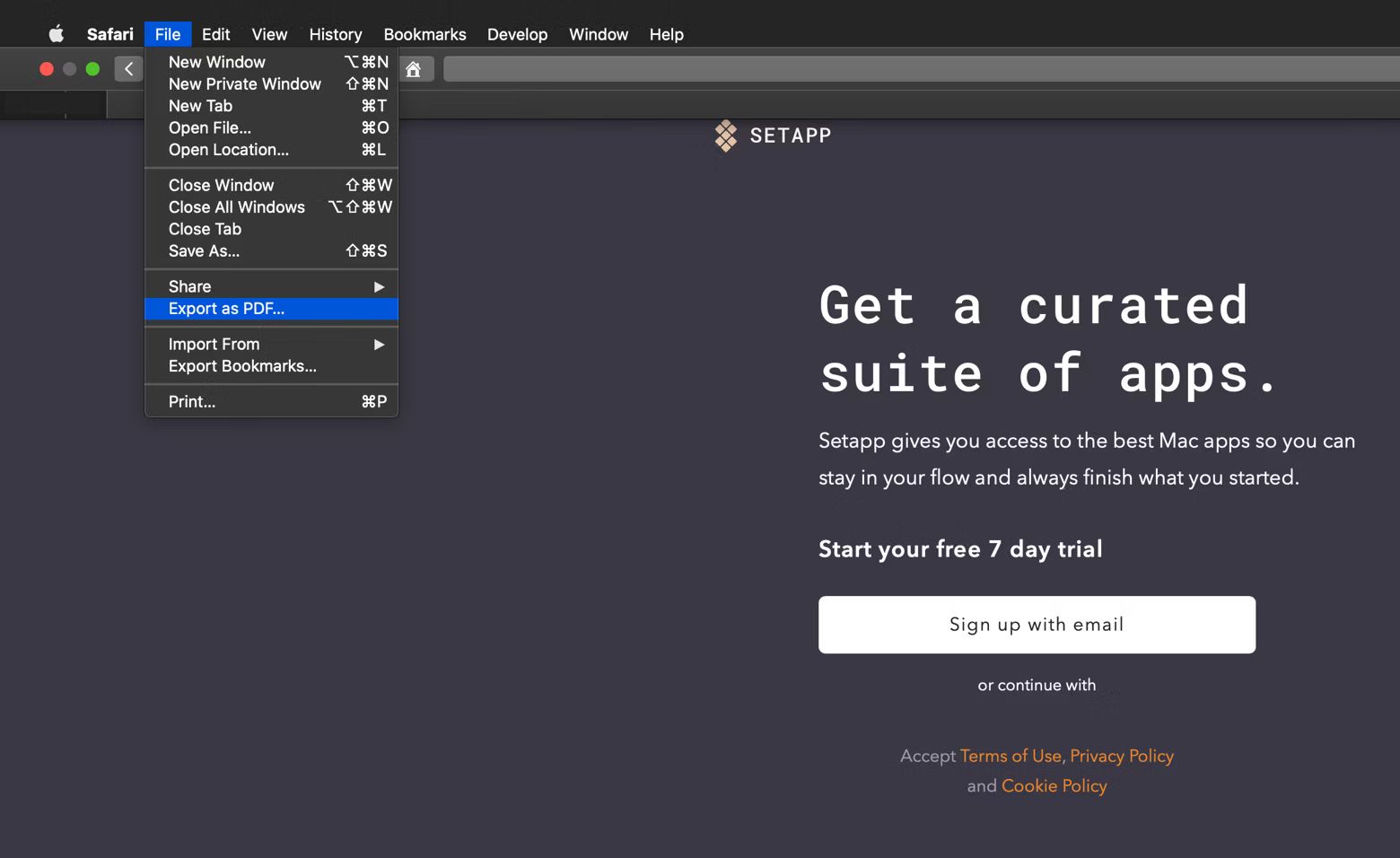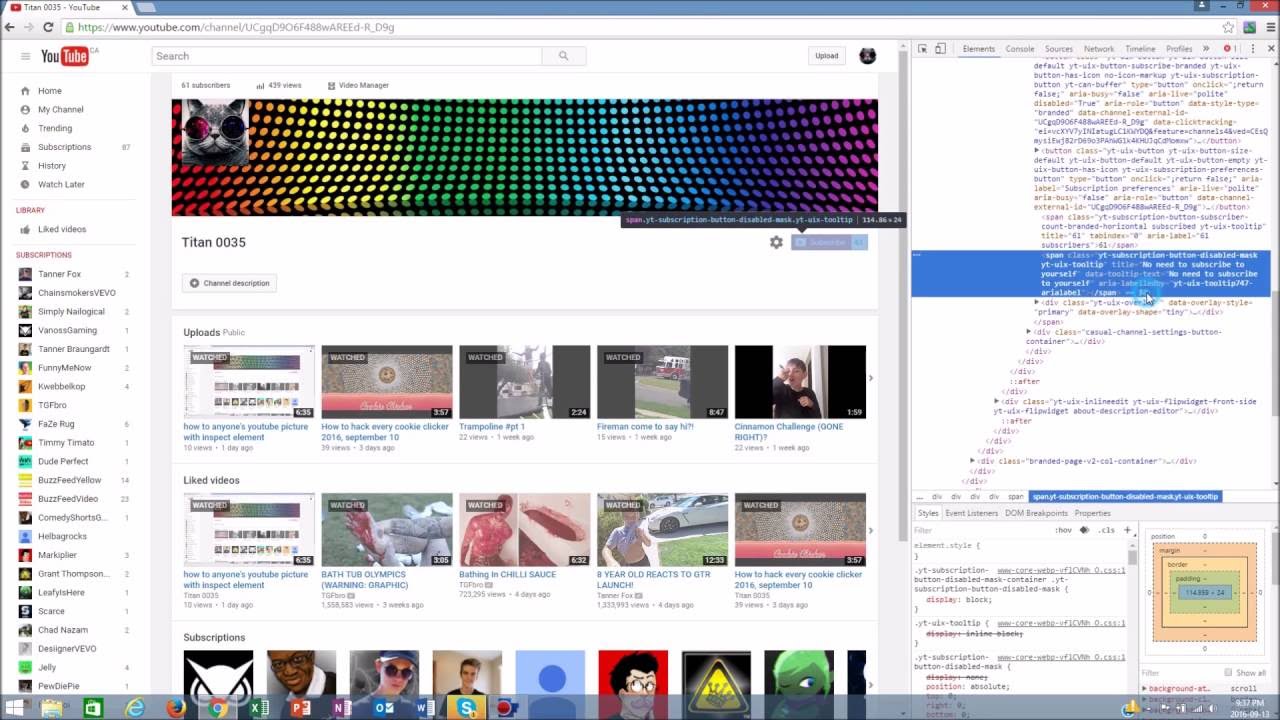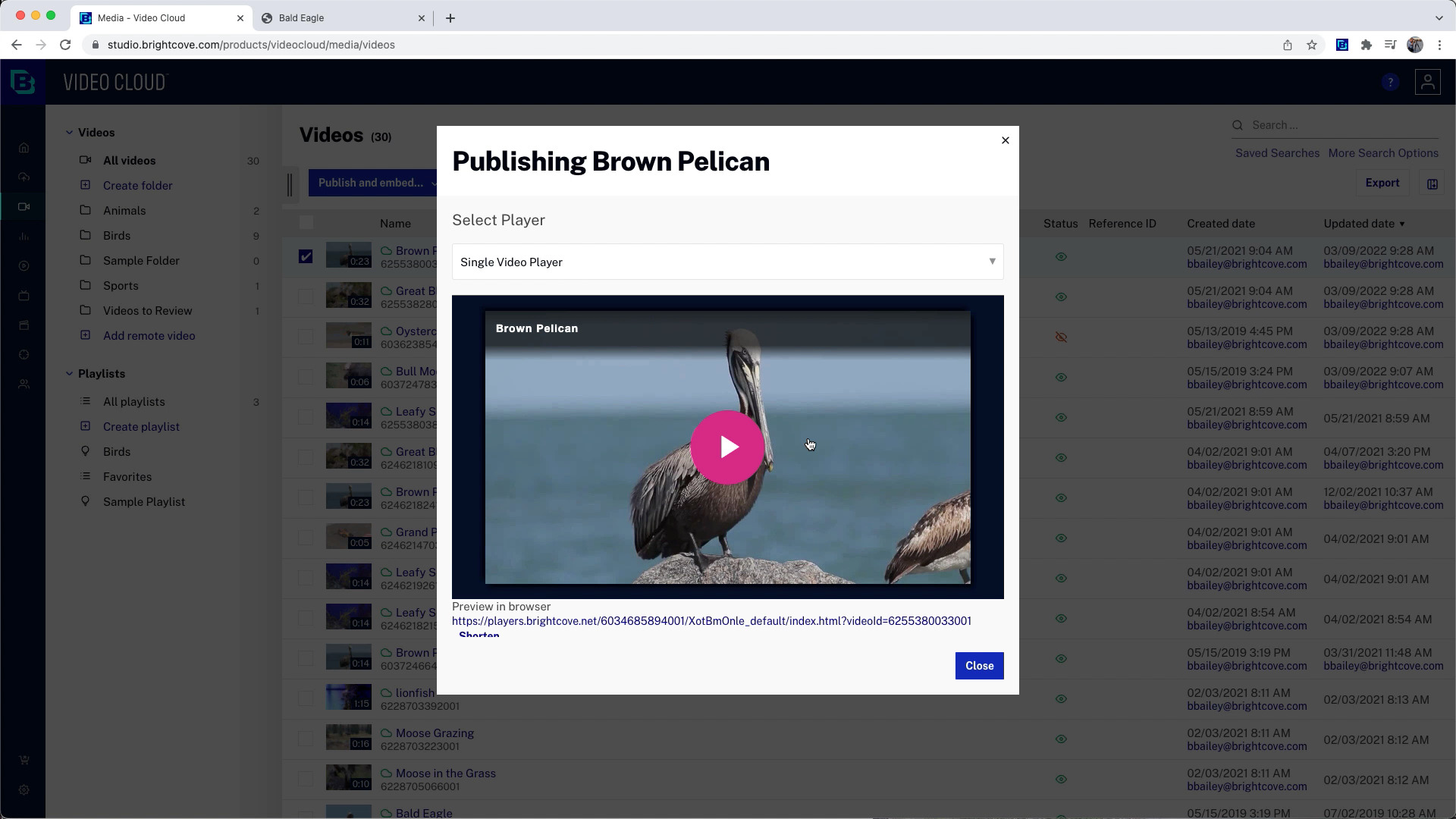Introduction
In today’s digital age, accessing information on the go has become a necessity. However, there are times when we find ourselves without an internet connection, making it impossible to access our favorite webpages. But what if there was a way to download webpages for offline viewing in Chrome? Well, you’re in luck! In this article, we will guide you through the steps to download webpages so that you can view them even when you’re offline.
Downloading webpages for offline viewing can be incredibly useful in various scenarios. Whether you want to save an interesting article for later reading during a flight or save important information for offline research, having access to webpages even without an internet connection can be a game-changer.
Chrome, one of the most popular web browsers, offers a simple and convenient way to download and view webpages offline. By following a few easy steps, you can save your favorite webpages to your device and access them anytime, anywhere. No more worrying about poor internet connectivity or running out of data!
Before we dive into the step-by-step process, it’s important to note that the ability to download webpages for offline viewing is not available for all websites. Some websites may have restrictions that prevent users from downloading their content. However, for most websites, this method works like a charm, enabling you to enjoy offline browsing with ease.
So, whether you’re a frequent traveler, a student conducting research, or anyone who wants seamless access to webpages regardless of internet connectivity, read on to learn how to download webpages for offline viewing in Chrome. Let’s get started!
Step 1: Open Chrome
The first step to downloading webpages for offline viewing in Chrome is to open the Chrome browser on your device. Chrome is available for various operating systems, including Windows, macOS, Android, and iOS, so make sure you have it installed on your device before proceeding.
To open Chrome, simply locate the Chrome icon on your device’s home screen or in the list of applications. Tap or click on the icon to launch the browser.
If you don’t have Chrome installed on your device, you can download it from the official Chrome website or your device’s app store. Simply search for “Chrome” in the app store or visit the website (https://www.google.com/chrome) to download and install the browser.
Once Chrome is open, you’re ready to move on to the next step and begin downloading webpages for offline viewing.
Step 2: Visit the webpage you want to download
After opening Chrome, the next step is to visit the webpage that you want to download for offline viewing. Whether it’s an article, a blog post, or any other webpage with valuable content, make sure you have the URL or can easily navigate to the webpage.
To visit the desired webpage, you have a few options:
- Type the URL directly in the address bar: If you know the URL of the webpage you want to download, simply type it in the address bar at the top of the Chrome window. Make sure to include the entire URL, including the “http://” or “https://” prefix.
- Search for the webpage: If you don’t have the exact URL but know the title or keywords related to the webpage, you can use the search bar in Chrome to find the webpage. Enter relevant keywords and press “Enter” or click on the search button, and Chrome will display a list of search results matching your query. Choose the webpage you want to download from the search results.
- Visit a bookmarked webpage: If you have bookmarked the webpage you want to download, you can access it quickly by clicking on the bookmarks icon in Chrome (usually represented by a star or a book icon) and selecting the bookmarked webpage from the list.
- Click on a link: If you come across a webpage link on another website, social media platform, or an email, simply click on the link to open the webpage in Chrome.
Once you have successfully visited the webpage you want to download, proceed to the next step to learn how to download it for offline viewing.
Step 3: Open the Chrome Developer Tools
To download webpages for offline viewing in Chrome, you’ll need to access the Chrome Developer Tools. These tools provide a range of options for developers, including the ability to simulate different devices and network conditions, inspect code, and more.
To open the Chrome Developer Tools, follow these steps:
- On your Chrome browser, click on the three-dot menu icon located in the top-right corner of the window. A dropdown menu will appear.
- From the dropdown menu, hover your cursor over the “More tools” option. Another submenu will appear.
- In the submenu, click on the “Developer tools” option. Alternatively, you can use the keyboard shortcut “Ctrl+Shift+I” (Windows/Linux) or “Cmd+Option+I” (Mac) to open the Developer Tools.
After performing one of the above actions, the Chrome Developer Tools will open in a separate panel or window, depending on the configuration of your browser.
Note that the Developer Tools may appear at the bottom, right-hand side, or in a separate window, depending on the layout you have chosen. If the Developer Tools panel appears docked and you prefer it to be undocked, you can click and drag the panel to position it wherever you find it most convenient.
Now that you have opened the Chrome Developer Tools, you’re ready to move on to the next step and enable mobile device mode to download webpages for offline viewing.
Step 4: Enable mobile device mode
Enabling mobile device mode in Chrome is necessary to simulate a mobile device and access the option to download webpages for offline viewing. By enabling this mode, you can ensure that the webpage is downloaded in a mobile-friendly format, optimized for offline browsing on your device.
To enable mobile device mode in Chrome, follow these steps:
- In the Chrome Developer Tools panel, click on the small device icon located at the top-left corner. This icon represents the “Toggle device toolbar” option.
- Once you click on the device icon, the Developer Tools panel will transform into a mobile device emulator. You will see a toolbar at the top, displaying different mobile device options.
- From the toolbar, you can select the desired mobile device model or enter custom specifications for the device you wish to simulate. Choose a device that matches your preferences or the device for which you want to download the webpage.
Enabling mobile device mode not only helps with downloading webpages for offline viewing but also allows you to see how the webpage would appear on different mobile devices. This can be particularly useful if you’re a web developer or designer looking to optimize your website for mobile viewing.
With mobile device mode enabled, you’re ready to move on to the next step and refresh the page to initiate the webpage download process.
Step 5: Refresh the page
After enabling mobile device mode in Chrome, the next step is to refresh the webpage you want to download. This will ensure that the webpage is loaded in the mobile device emulator, allowing you to access the option to save it for offline viewing.
To refresh the page in Chrome, you can use one of the following methods:
- Click on the refresh icon located in the Chrome toolbar. This icon typically looks like a circular arrow, and clicking on it will reload the webpage.
- Use the keyboard shortcut “Ctrl+R” (Windows/Linux) or “Cmd+R” (Mac) to refresh the page. Simply press these keys together, and the webpage will be reloaded.
- Right-click anywhere on the page and select the “Reload” option from the context menu that appears. This will refresh the page and load the latest version.
After refreshing the page, give it a moment to load in the mobile device mode. You’ll notice that the webpage may look slightly different compared to the desktop version, as it is being rendered as if on a mobile device.
At this point, you’re ready to proceed to the next step and save the webpage for offline viewing. Keep in mind that the specific location or option to save the webpage may vary depending on your device and browser version, but the general steps should be the same.
Step 6: Save the webpage
Once you have refreshed the webpage in mobile device mode, it’s time to save the webpage for offline viewing. Chrome offers a straightforward option to save webpages in the HTML format, allowing you to access the content without an internet connection.
To save the webpage in Chrome, follow these steps:
- Right-click anywhere on the page. A context menu will appear.
- In the context menu, select the “Save as” or “Save page as” option. This will open a file browser window, allowing you to choose the location where you want to save the webpage.
- In the file browser window, navigate to the desired folder on your computer or mobile device where you want to save the webpage. You can create a new folder specifically for downloaded webpages, or choose an existing folder.
- Enter a filename for the webpage. You can use the default suggested filename or give it a more meaningful name that reflects the content of the webpage.
- Ensure that the “Save as type” or “Format” option is set to “Webpage, Complete” or “HTML Only”. This will ensure that all the webpage’s resources, such as images and stylesheets, are saved along with the HTML file.
- Click the “Save” button to save the webpage to the designated location.
Once the webpage is saved, Chrome will create a folder containing the HTML file and any associated files (such as images) in the chosen location. The folder will have the same name as the webpage’s filename.
Congratulations! You have successfully saved the webpage for offline viewing. Now, let’s move on to the final step to learn how to access the downloaded webpage and enjoy offline browsing.
Step 7: Access the downloaded webpage for offline viewing
Now that you have saved the webpage for offline viewing, it’s time to access and enjoy it even without an internet connection. Chrome provides a simple method to open the downloaded webpage, allowing you to browse its content just as you would online.
To access the downloaded webpage in Chrome, follow these steps:
- Open the file browser on your computer or mobile device.
- Navigate to the folder where you saved the webpage. This is the folder that was created when you saved the webpage in the previous step.
- Locate the HTML file you saved (it will have a “.html” extension).
- Double-click on the HTML file to open it in Chrome.
Once you open the HTML file in Chrome, the webpage will load, displaying all its content just as it would online. You can navigate through the webpage, click on links, view images, and interact with the webpage’s elements, all without an internet connection.
It’s important to note that, while the webpage content will be available offline, any interactive elements that rely on server-side processing or external APIs may not function properly without an internet connection. However, you can still read articles, view images, and access most static content without any issues.
With offline access to the webpage, you can now enjoy seamless browsing and refer to the content whenever you need it, regardless of your internet connectivity. This is particularly useful when traveling, in areas with limited internet access, or when conserving mobile data.
Keep in mind that the downloaded webpage is stored locally on your device, so it won’t receive updates or reflect any changes made to the original webpage online. If you want to access the latest version of the webpage, you will need to repeat the process of downloading and saving the webpage again.
Congratulations! You have successfully learned how to download webpages for offline viewing in Chrome. Now you can enjoy your favorite web content anywhere, anytime, even without an internet connection.
Conclusion
In today’s fast-paced digital world, having the ability to access webpages offline can be incredibly beneficial. Whether you’re traveling, experiencing poor internet connectivity, or simply want to save important information, downloading webpages for offline viewing in Chrome provides a convenient solution.
In this article, we have guided you through the step-by-step process of downloading webpages in Chrome. From opening the browser to saving and accessing the downloaded content, each step was designed to help you easily navigate the offline browsing experience.
Remember, while downloading webpages for offline viewing works for most websites, there may be some exceptions due to restrictions put in place by website owners. However, for the majority of webpages, this method is a reliable way to ensure access to valuable content without the need for an internet connection.
By following the steps outlined in this article, you can now download webpages of interest, such as informative articles, research materials, or even captivating blog posts, and enjoy them whenever and wherever you want.
Next time you come across a webpage you wish to save for offline access, simply open Chrome, visit the webpage, enable mobile device mode, refresh the page, save the webpage, and access it from your device’s local storage. It’s that easy!
So, go ahead, start exploring the fascinating world of offline browsing. Download your favorite webpages, stay informed, and keep learning, all without the need for an internet connection. Enjoy the convenience and freedom of accessing valuable content anytime, anywhere.
Thank you for reading this guide on how to download webpages for offline viewing in Chrome. We hope you found it informative and helpful in expanding your browsing capabilities. Happy offline browsing!









